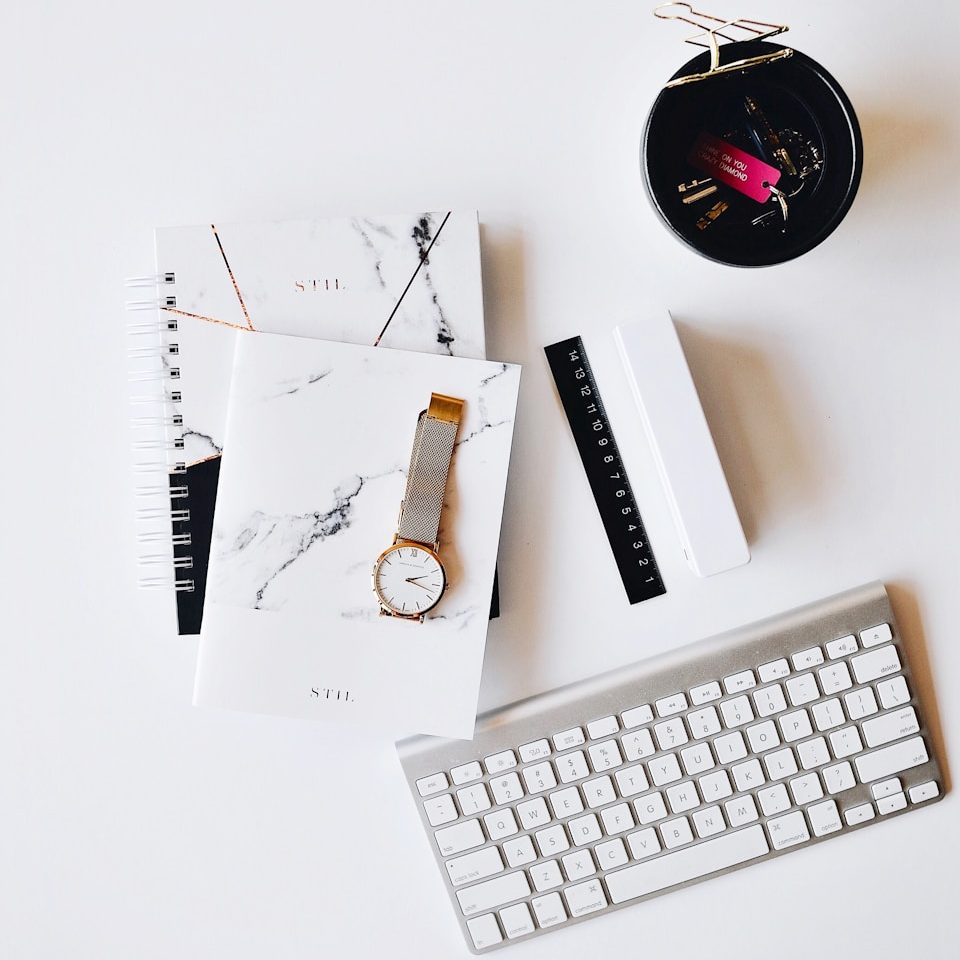The Importance of Branding Yourself as a Freelance Designer
In today’s competitive marketplace, establishing a distinct personal brand is crucial for freelance designers. While technical skills and creativity are fundamental to success, your personal brand can set you apart from the competition and attract the right clients. Here’s a deep dive into why branding yourself is essential and how it can significantly impact your freelance design career.

1. Creating a Unique Identity
Branding is all about creating a unique identity that reflects who you are as a designer. In a field saturated with talent, having a strong personal brand helps you stand out. Your brand is more than just a logo; it encompasses your design style, your values, and your personality. When clients recognize your unique identity, they are more likely to remember you and consider you for future projects.
- Developing a Signature Style: Whether it’s a specific color palette, typography, or design elements, having a recognizable style can help clients identify your work instantly.
- Communicating Your Values: Your brand should communicate your professional values, such as sustainability, creativity, or innovation, which can resonate with clients who share similar beliefs.
2. Building Trust and Credibility
A well-defined personal brand instills trust and credibility in potential clients. When you present yourself consistently across all platforms—your website, social media, and portfolio—you convey professionalism and reliability. This consistency assures clients that you take your work seriously and are committed to delivering quality.
- Professional Online Presence: An up-to-date portfolio, polished social media profiles, and a well-crafted personal website can enhance your credibility. Clients are more likely to engage with freelancers who exhibit professionalism online.
- Showcasing Testimonials and Case Studies: Featuring client testimonials and successful case studies can further build your reputation. Positive feedback from previous clients acts as social proof of your skills and expertise.
3. Attracting Your Ideal Clients
Branding yourself allows you to attract the type of clients you want to work with. By defining your niche and tailoring your brand messaging, you can appeal to specific industries or demographics that align with your interests and strengths.
- Targeted Marketing: When your branding is clear and focused, your marketing efforts become more effective. You can create content and promotional materials that speak directly to your target audience, increasing the likelihood of attracting clients who resonate with your brand.
- Demonstrating Expertise: By sharing content relevant to your niche, such as blog posts or social media updates, you position yourself as an expert in that area. This expertise can draw in clients looking for specific skills or knowledge.
4. Differentiating Yourself from Competitors
The freelance design market is crowded, and many designers offer similar services. A strong personal brand helps differentiate you from your competitors. Your unique story, values, and design philosophy can create a compelling narrative that makes clients more inclined to choose you over others.
- Highlighting Your Unique Selling Proposition (USP): Identify what makes you different—be it your approach to design, your background, or your specific skills—and highlight these aspects in your branding.
- Leveraging Personal Stories: Sharing your journey as a designer can create a deeper connection with potential clients. Personal stories can make your brand more relatable and memorable.
5. Enhancing Client Relationships
Branding isn’t just about attracting new clients; it also plays a vital role in nurturing existing relationships. A well-defined brand fosters loyalty and can lead to repeat business. Clients who connect with your brand are more likely to return for future projects.
- Consistent Communication: Regularly engage with your clients through newsletters, social media updates, or personalized messages. Keeping communication consistent reinforces your brand and keeps you top-of-mind.
- Creating a Community: Building a community around your brand can strengthen relationships with clients. Consider hosting design workshops, webinars, or online discussions that bring together clients and peers.
6. Increasing Your Value
As you build a strong personal brand, you may find that clients are willing to pay more for your services. A well-established brand is often perceived as more valuable, which can lead to higher fees and better opportunities.
- Positioning Yourself as a Premium Service: When you present yourself as a brand rather than just a freelancer, you can charge premium rates for your services, reflecting the quality and expertise you provide.
- Expanding Your Services: A strong brand can open doors to new opportunities, such as collaborations, speaking engagements, or teaching, which can diversify your income streams.
Conclusion
Branding yourself as a freelance designer is essential for standing out in a competitive market, building trust with clients, attracting your ideal audience, and increasing your value. By investing time and effort into developing a unique personal brand, you set the foundation for a successful and fulfilling freelance career. Remember, your brand is a reflection of you—make it memorable, authentic, and aligned with your goals as a designer.
